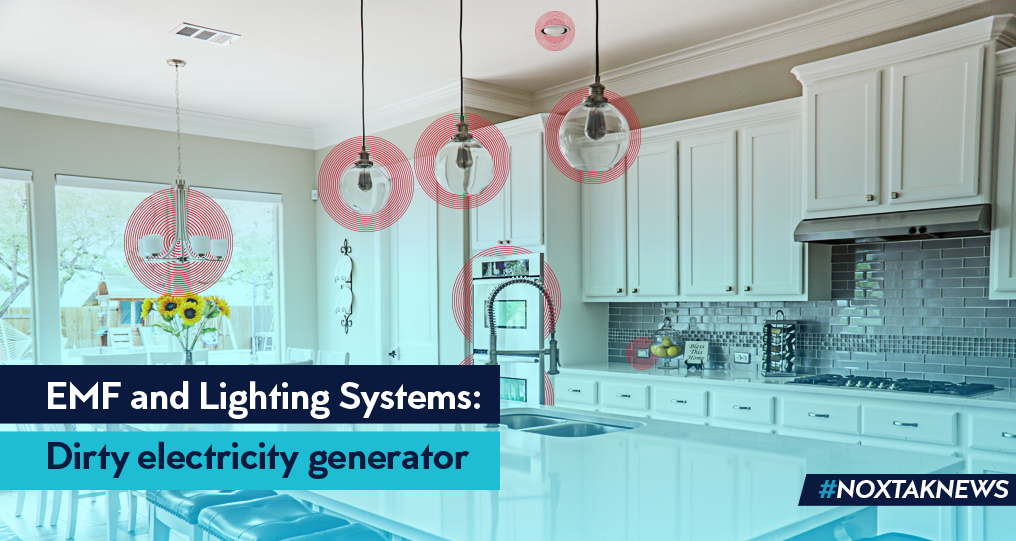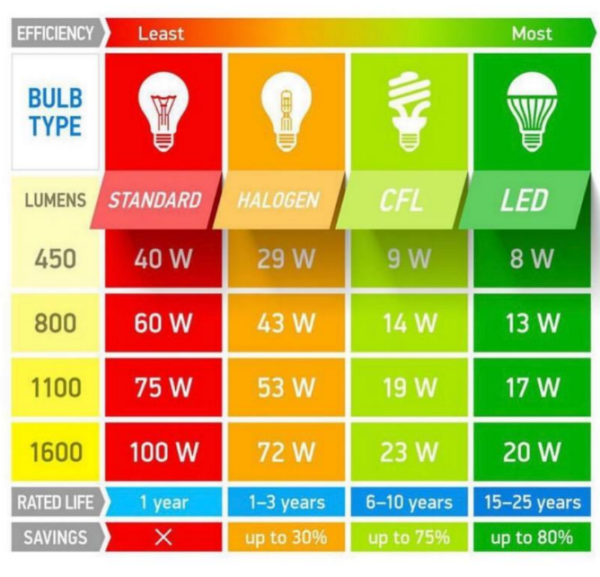
Artificial light and electromagnetic fields are an inescapable reality in which we are immersed everywhere. The light bulb was one of the most spectacular creations, and up to now, we use electric light everywhere and every time, at our homes, offices, in the streets, gyms, even in open spaces. It’s functional, it’s nice, and it’s apparently harmless; how could it be wrong?
Well, that’s the thing about EMF. It’s invisible and apparently harmless, but that doesn’t mean it’s not there. Electric lighting is, indeed, one of the most widely spread electro-pollutants out there. Even though it is not as powerful as radio frequencies and microwaves, we can not ignore it’s everywhere, even in places telecoms can’t reach.
So yes, artificial light systems are polluting in many different aspects and have several effects on health, the environment, and the surrounding technologies. But we will dedicate a unique space to unravel each one of these different aspects. Today, let’s talk about dirty electricity.
Artificial light and dirty electricity
Lighting systems induce electrosmog on power lines in the form of electromagnetic interference. This is added to other interferences generated by all devices plugged into the wiring, plus the sources of external electropollution. So lighting systems are, first of all, dirty electricity generators.
The thing about dirty electricity is that we can’t avoid it unless we use no electricity at all or by implementing filtering technologies such as SPIRO. But, if you want to get started, there are some changes you can make to your lighting system to reduce those dirty electricity levels:
- Switches: The switches you use are critical when it comes to dirty electricity. For example, dimmer-controlled switches are enormous sources of accumulation of these electrical interferences, so the more dimmers, the more dirty electricity in the wiring.
- Bulbs: The type of light bulbs is also vital to control dirty electricity. For example, fluorescent bulbs are highly polluting and substantial energy consumers, while LED bulbs are cleaner, safer, and save more energy.

Keep in mind that dirty electricity doesn’t only harm your health and the environment; it also decreases appliances’ lifespan, connectivity, and significantly affects electricity consumption. So this is something you should be looking at closely.
In future articles, we will be discussing other aspects that determine the polluting potential of artificial lighting systems.
